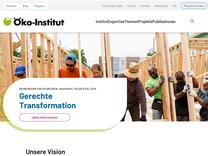Hedychium gardnerianum is a major invader of native Hawaiian forests and suspected of smothering native understory species and preventing native tree seedlings’ establishment. In this study, effects on species composition in six vegetation layers of a Hawaiian rainforest were examined (Tree Layer 1, Tree Layer 2, Fern-Shrub Layer, Herb Layer, Bryophyte–Herb Layer, and Bryophyte Layer). Three different area types were compared, which included (i) Natural area types with no influence of non-native species, (ii) Ginger area types with a Hedychium gardnerianum dominated herb layer, and (iii) Cleared area types, which were treated with herbicide to remove alien species in 1998. Species composition sampled in 2004 of the upper three vegetation layers (Tree Layer 1, Tree Layer 2, and Fern-Shrub Layer) differed little. The lower three vegetation layers (Herb Layer, Bryophyte–Herb Layer, and Bryophyte Layer) showed highly significant differences. Species composition in the Ginger area types showed notable abundances of non-native Psidium cattleianum, but low coverage of native species. In the area freed of Hedychium gardnerianum (Cleared area types), native species are regenerating, although it still reveals signs of disturbance. If this area is managed to prevent reinvasion, then it is likely to regain a natural forest structure.
Hennenberg Senior Researcher Energie & Klimaschutz Stefan Porembski Hans-Juergen

